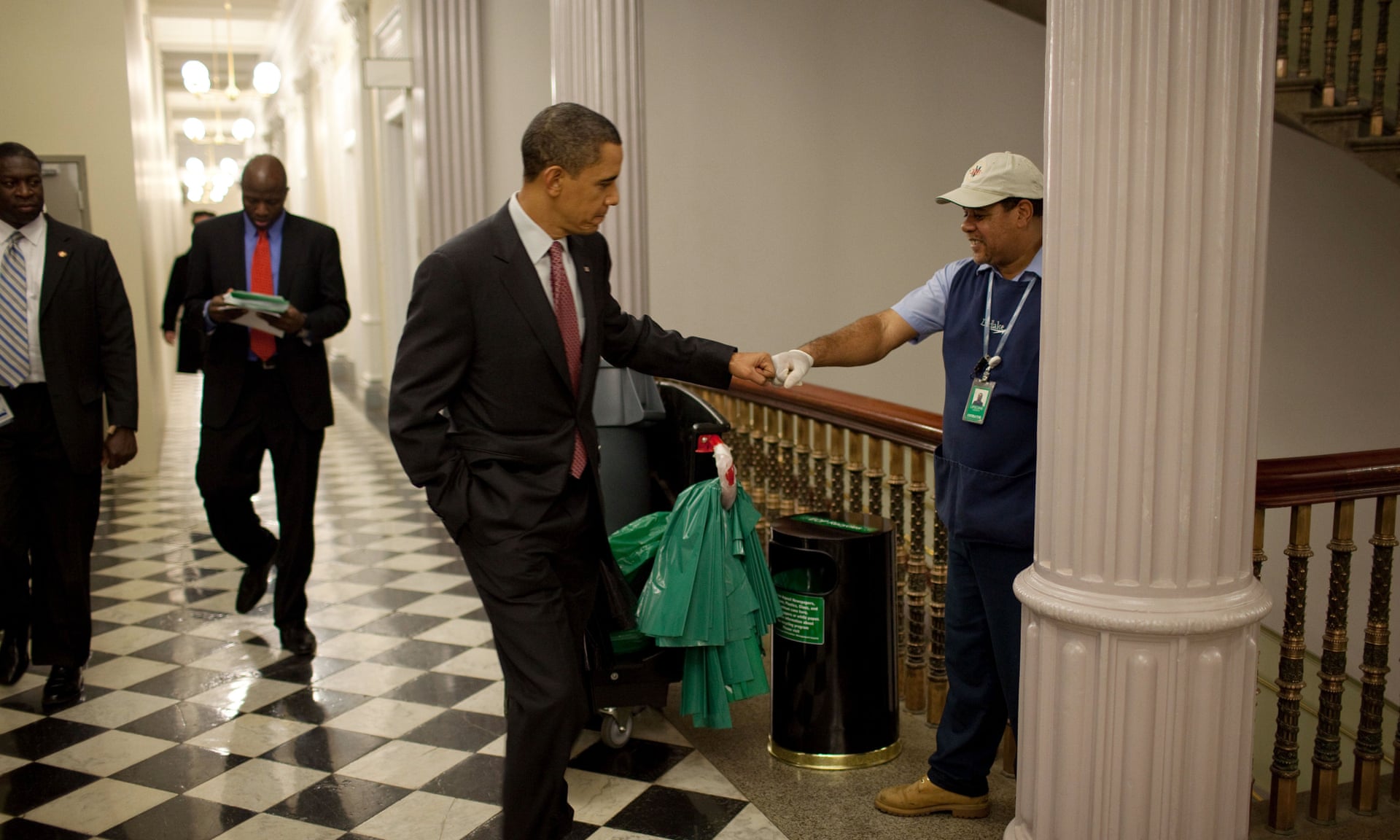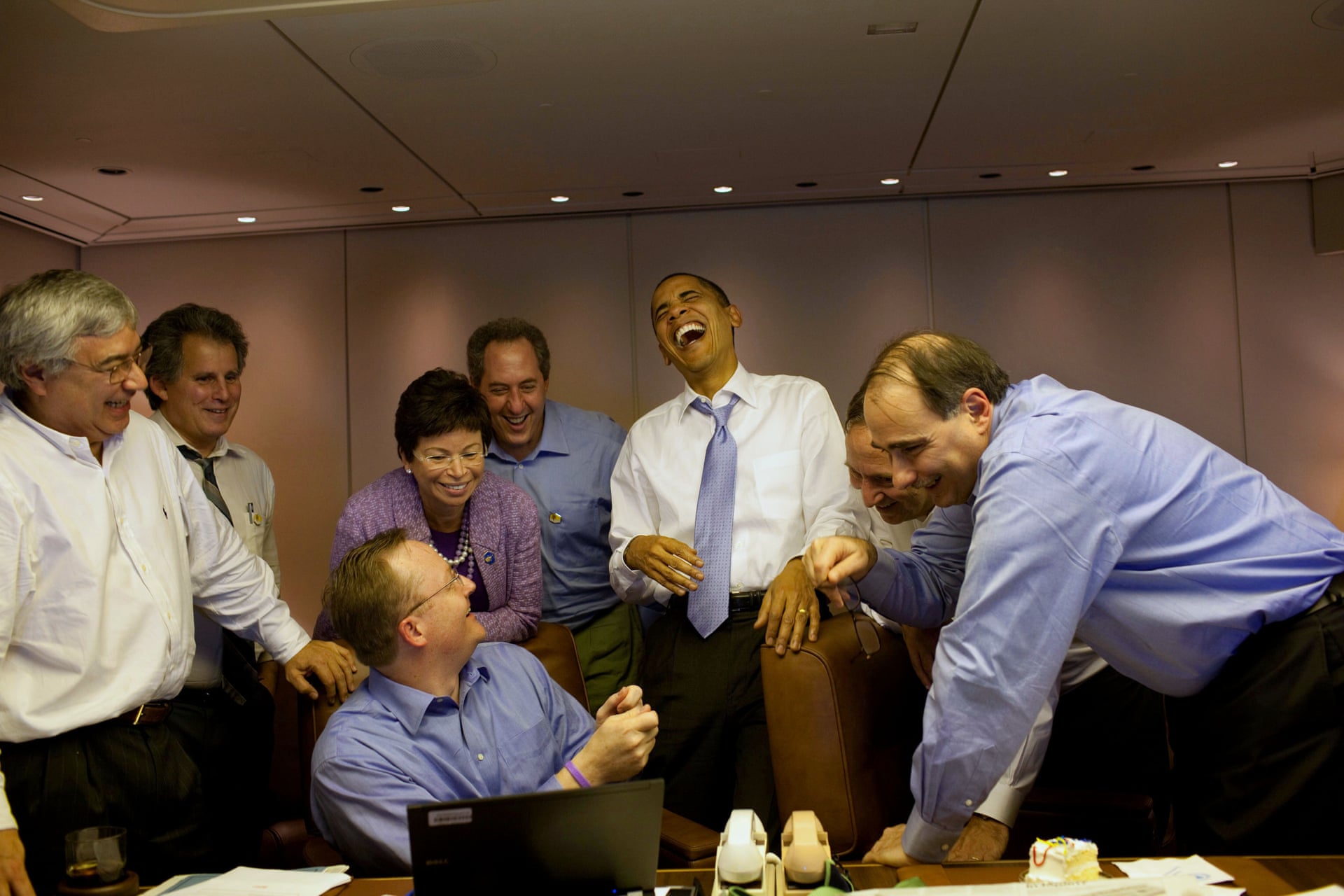Black History Month: Lorraine MaherPosted in Articles, Arts, Europe, Media Archive, United Kingdom on 2016-10-14 19:48Z by Steven |
Black History Month: Lorraine Maher
Camden Review: Camden’s take on the London arts scene
2016-10-13
Angela Cobbinah
WHEN she was growing up in County Tipperary in the 1960s, Lorraine Maher (pictured) met no other black people and on the few occasions they came into her midst she would avoid them.
“I didn’t want to draw attention to myself in any way,” she says.
“I grew up in a beautiful town full of beautiful people but there was racism all around me. This was the age of the golliwog and the ‘Black Baby Box’ to collect money for starving African babies.
“I knew I was different but my blackness was never spoken about and I spent my childhood just wanting to hide away and not be noticed.”…
…It is this often painful journey to self-realisation that laid the seeds of the #iamirish exhibition she has curated for the London Irish Centre, tellingly its first ever contribution to Black History Month. Opened last week by Ruaidri Dowling on behalf of the Irish Embassy, it is a display of stunning portraits by photographer Tracey Anderson that aims to question the concept of what it looks like to be Irish…
Read the entire article here.









